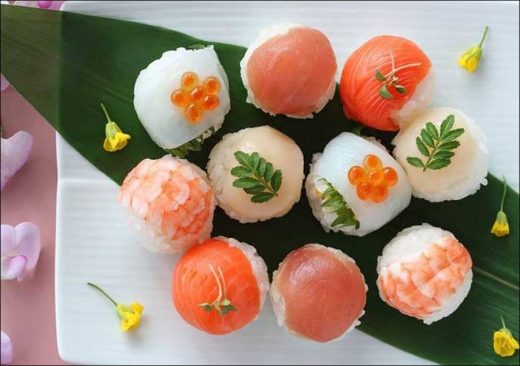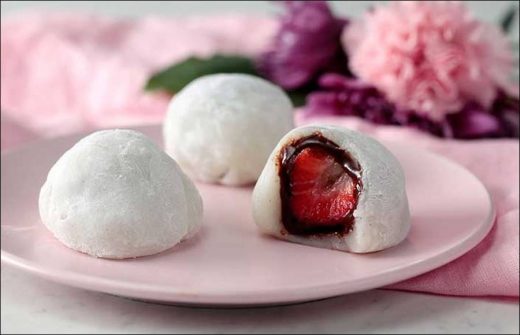Japanese Cuisine dishes have won the hearts (and stomachs) of many people around the world, recognized as cultural heritage by UNESCO.
Although fish and other types of meat are an essential part of Japanese cooking, Japanese cuisine was once vegetarian. When Buddhism entered Japanese culture during the Kofun Period (300-538), eating animals was banned.
Also known as nihonshu, originating from the Nara Period (710-794), sake (Japanese drink) can be enjoyed both hot and cold. It’s made from only four materials – can you guess which ones? Rice, water, yeast and mold. Unfortunately, one of them is not very appetizing.
Contrary to popular belief, Japanese green tea originated in China before it began to be drunk in Japan in the 9th century. Rumor has it that green tea was discovered when tea leaves were dropped into boiling water in front of the emperor.
Japanese food would not exist without rice. Rice was first cultivated during the Yayoi Period (300 BC-300 AD), and some traditions that emerged during this period have survived to the present day. For example, sweets made from mochigome (sticky rice) are eaten during the Japanese New Year.
Chopsticks are used for cooking, serving and eating. Although chopsticks were invented during the kofun Period, most people at that time ate food with their hands because only aristocrats could afford to buy the chopstiIn the 17th century, Japanese food developed in Edo, which later became known as Tokyo.
Today, Tokyo is a candidate to be number one with its Michelin-starred restaurants. The Edo Period (1603-1868) was also known as the samurai age. It was not unusual to stumble upon samurai alongside vegetable vendors on the streets. Oshizushi (compressed sushi) was the product of the Edo Period, then nigiri (hand-held sushi) appeared.
Ramen can be seen as a kind of fast food student meal. In the 17th century, under the influence of students who came to Japan from China, restaurants combined Chinese noodles with Japanese dishes to obtain a quick and practical meal.
Japanese food may have flourished thanks to agriculture, but it really grew on the streets. As the Edo Period population reached one million, the increase in the number of single men gave birth to a new style of eating called yatai (standing eating). What comes to mind when you think of fast food? While nigiri sushi, tempura, and soba noodles didn’t come, these dishes were considered fast food in the Edo Period.
Umami (one of the five basic flavors that combines sweet, sour, bitter/bitter and salty) is an indispensable part of Japanese, japanese cuisine. In 1908, chemist Kikunae Ikeda discovered that this flavor can be found in many foods, from peas to pork, cheese to carrots. From the origins of Japanese cuisine to its current influences, the history of these mouthwatering dishes gives us a lot of information about where Japanese cuisine came from.
Views: 402





